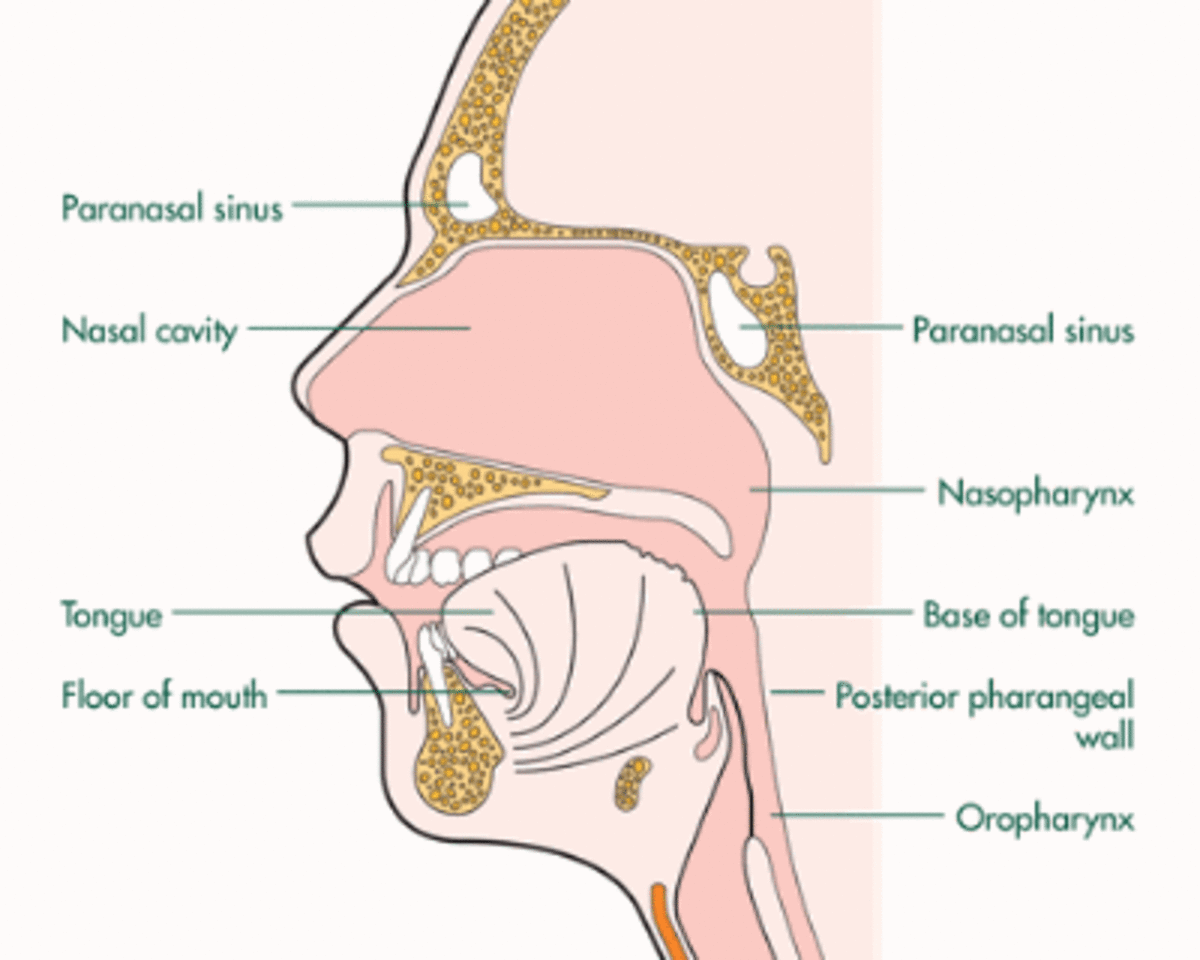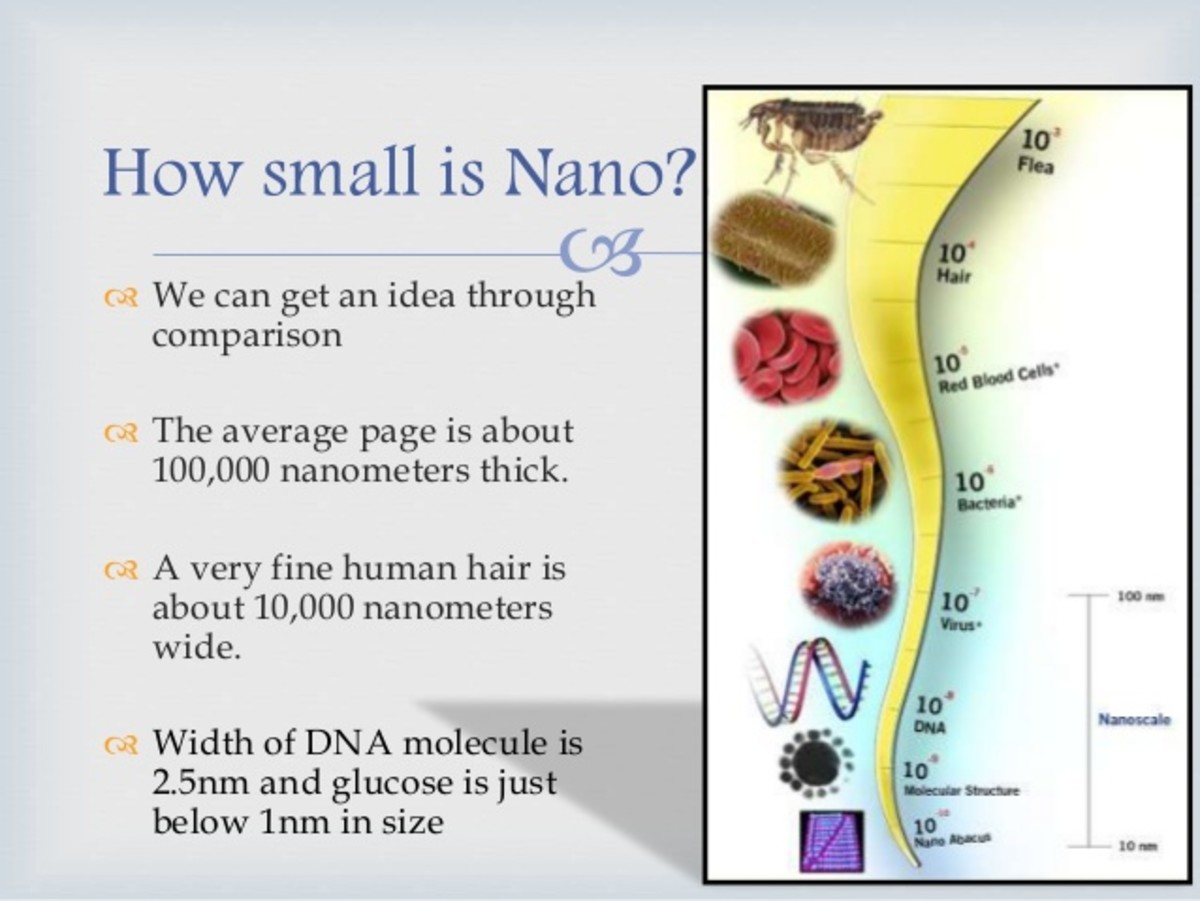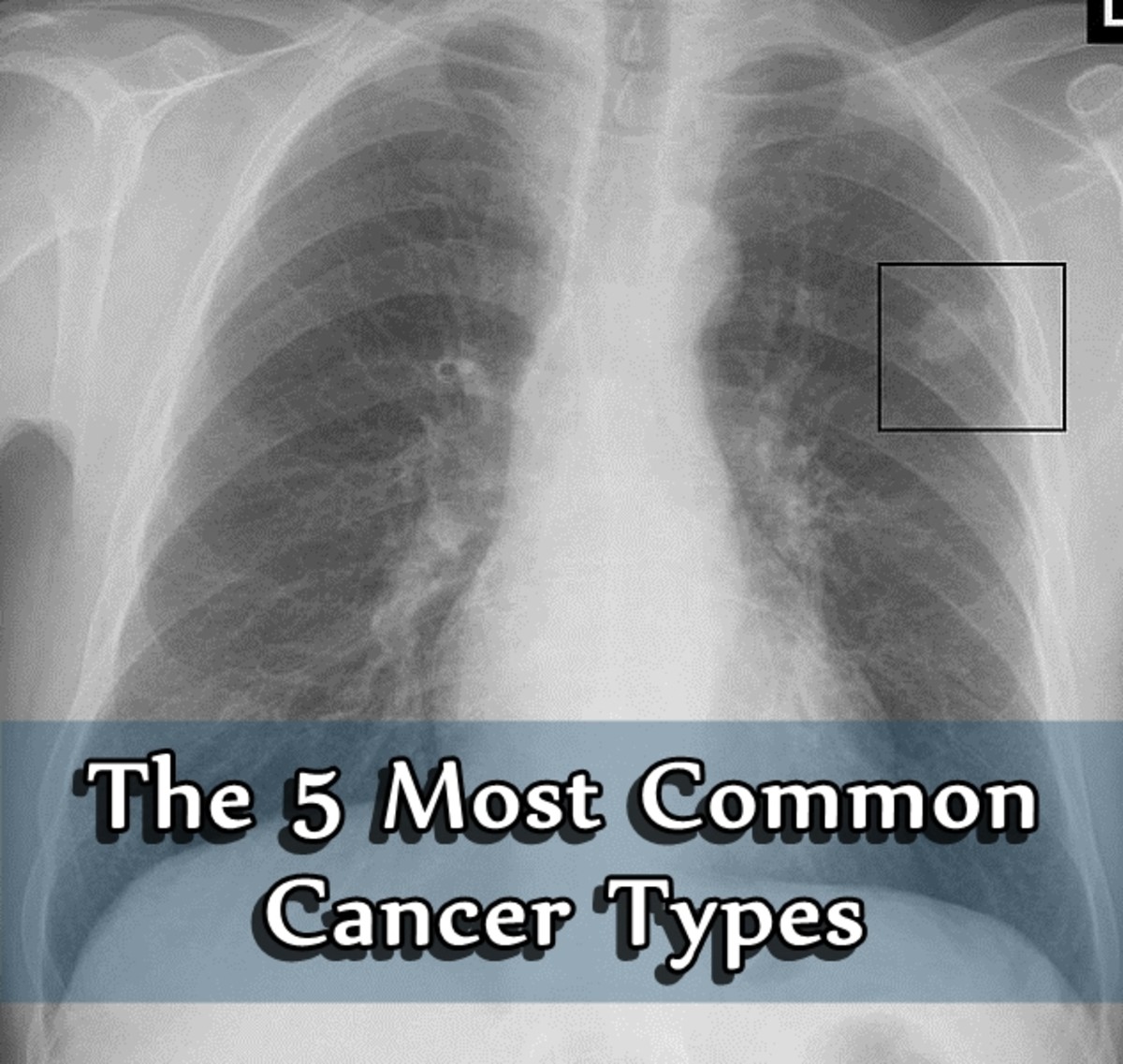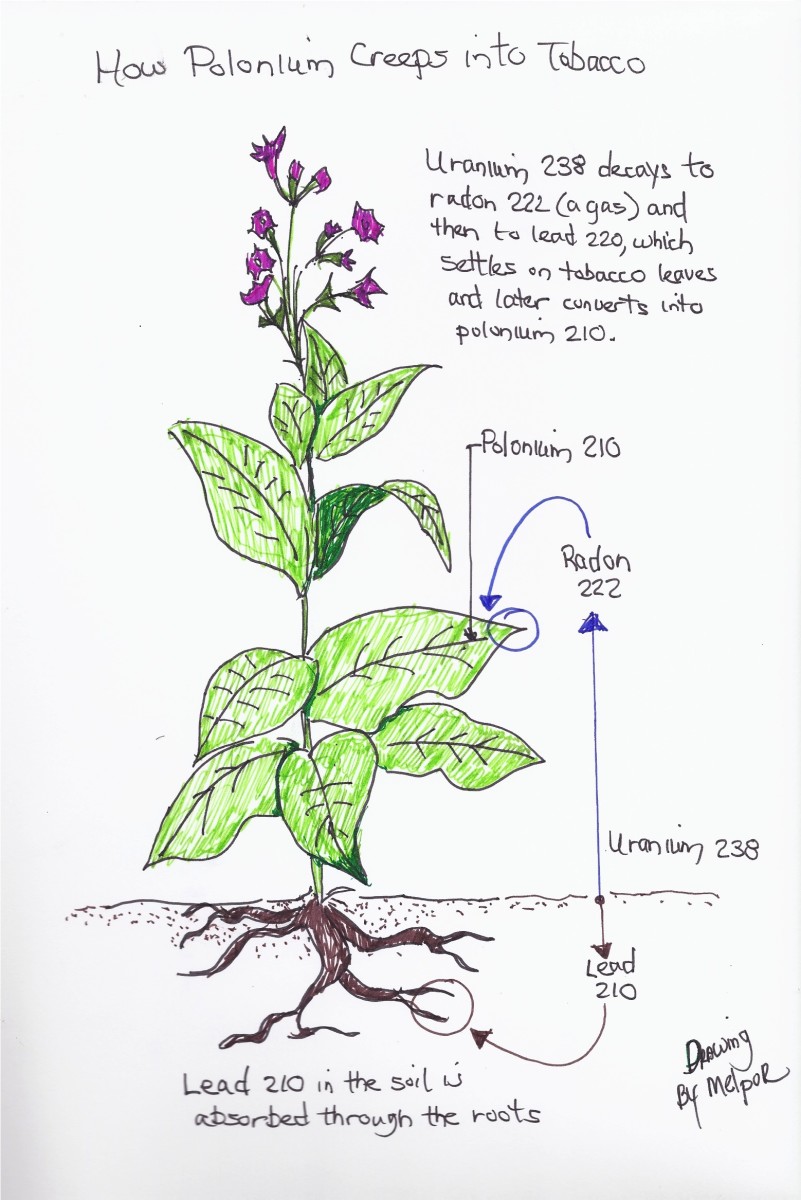What is cancer? Causes and Prevention
What is cancer?
In simple words, cancer is a tissue growth caused by the continuing proliferation of abnormal cells capable of invasion and destruction of other tissues.
Cancer is any malignant tumor that is characterized by an abnormal multiplication of disorganized cells, which have the characteristics of invading adjacent tissues causing metastasis.
The main attribute of malignant tumors is their ability to spread beyond the site of origin. The invasion of neighboring tissues can occur by extension or infiltration, or distance, producing secondary growths called metastases. The location and route of spread of metastases varies according to primary cancers.
The more aggressive a cancer is, less reminiscent of the structure of the tissue from which it proceeds, but the growth rate of cancer depends not only on the cell type and degree of differentiation, but also a host of other factors. A characteristic of malignancy is the tumor cell heterogeneity. Due to changes in cell proliferation, cancer cells are more susceptible to mutations.

Three major subtypes of cancer
Cancers can originate from any type of cell in any tissue, not a single disease but a group of diseases that are classified according to the tissue and cell of origin. There are hundreds of different types of cancers but the three major subtypes are:
1. Cancers, which are derived from connective tissue sarcomas such as bone, cartilage, nerves, blood vessels, muscle and adipose tissue.
2. Carcinomas derived from epithelial tissues such as skin or epithelia that backrest body cavities and organs, and glandular tissues of the breast and prostate. Carcinomas include some of the most common cancers. Carcinomas of similar structure to the skin are called squamous cell carcinomas. Those cancers, which have a glandular structure, are called adenocarcinomas.
3. The third subtype is leukemia and lymphoma, including cancers of tissues and blood cells. This causes inflammation of the lymph nodes, invasion of the spleen and bone marrow and overproduction of immature white cells.
At last it is researched and agreed by many oncologists and cancer doctors worldwide that cancer is not a contagious disease.
Sources and causes of cancer
There are many factors, which can cause cancer in a proportion of individuals exposed to them. These include inheritance, chemicals, radiation, infection or viruses, and trauma. Researchers are studying how these different factors may interact in a multifactorial and sequential manner to produce malignant tumors. Cancer is, in essence, a genetic process. Genetic alterations may be inherited or produced in a cell by a virus or an injury caused by an external source.
1. Inheritance: It is estimated that 5% to 10% of cancers have a hereditary origin. Some forms of cancer are more common in some families for example breast cancer. Colon cancer is more common in families prone to colon polyps. One form of retinoblastoma is absent only when in some specific genes. These genes, called tumor suppressor genes or anti-oncogenes, prevent replication in normal cells. Their absence removes the normal control of cell multiplication. In some inherited disorders, chromosomes are inherently fragile, and these processes involve a high risk of cancer.
2. Chemicals: The coal tar and its derivatives are considered highly carcinogenic. Vapors in some industries for example refineries are associated with high incidence of lung cancer among workers. Today, we know that benzopyrene, a chemical present in the coal, causes skin cancer in people whose jobs are related to coal combustion. Arsenic is associated with lung cancer because the workers of copper and cobalt mines foundries and factories of insecticides have an incidence of cancer increased from normal. Among workers in industries related to asbestos, the incidence is up to 10 times more than normal causing mesotheliomas. A substance produced by the fungus Aspergillus flavus, called aflatoxin, which contaminates food and is poorly preserved, causes liver cancer in some animals. It has been found that in countries where food contamination by fungi is common, the incidence of liver cancer and stomach is high. Smoking is another carcinogen, as it has been determined that death from lung cancer is 6 times higher among smokers than among nonsmokers. Smoking is so dangerous because it contains substances, nicotine, acids, and oxides of carbon and tar. Alcohol is also a major sponsor of his chronic abuse as it significantly increases the risk of cancers that are induced by other agents.
3. Radiation: Ionizing radiation is another most recognized causative factor. Radiation causes changes in DNA such as chromosomal breaks or transposition in which the threads of two broken chromosomes may be interchanged. Radiation acts as an initiator of carcinogenesis, inducing alterations that progress to become cancer after a latency period of several years. The sun's ultraviolet rays and x-rays increase the propensity to acquire skin cancer and leukemia. Excessive exposure to sunlight also, by people of white skin, increases risk of cancer.
4. Infections or viruses: There is increasing evidence that some infections can cause cancer and, in particular those are related to cancers of stomach, liver, cervix and Kaposi's sarcoma (a special type of cancer that appears in patients with AIDS). It has linked the bacterium Helicobacter pylori with stomach cancer. Various studies show that people infected with this bacterium are four times more likely to develop this cancer. Viruses are the cause of many cancers in animals. In humans, the Epstein-Barr virus associated with Burkitt lymphoma and lymphoepithelioma, the hepatitis viruses with hepatocellular carcinoma and herpes virus type II, or genital herpes virus with carcinoma of the cervix. All these viruses associated with human tumors are of the DNA. HTLV virus, but it is kind of RNA, or retrovirus, as most of the viruses associated with tumors in animals. It produces a human leukemia. In the presence of an enzyme called reverse transcriptase, it leads to the infected cell to produce DNA copies of the genes of the virus, which thus enter the cellular genome. A type of RNA virus containing a gene called viral oncogene is capable of transforming normal cells into malignant cells. Various investigations have shown that the viral oncogenes have a counterpart in normal human cells and are the proto or cellular oncogene. The products of oncogenes, the proteins they produce, are growth factors or proteins necessary for the action of such growth factors that stimulate the growth of tumor cells.
5. Trauma: Cancer of the lip in pipe smokers is associated with chronic irritation caused by the pipe on a group of cells in the lip. In India, a high incidence of cancer of the abdomen and groin are related to a dress, which also causes chronic irritation.
Prevention of cancer
It is very important to note that many of the players that are considered carcinogenic are manageable by man. In this regard, the relationship between a type of cancer and a specific factor can direct our efforts towards the elimination of the agent. Below are the simple measures that should be taken to prevent cancer:
1. No smoking.
2. Avoid exposure to sun for long time, especially white people or people with sensitive skin.
3. Maintain proper genital hygiene.
4. Controlling the consumption of alcoholic beverages. Avoid excessive drinking.
5. A proper diet rich in fiber, fruit and low in fat.
6. In the broad risk groups such as workers in certain industries, they should take appropriate precautions to protect and maintain a medical journal for disease prevention.
7. Avoid exposure to radiation such x-ray radiation, etc. because it can cause disorders in the long run.
Metastatic invasion generally occurs when the primary tumor has already acquired a considerable size, this time depends on the type of tumor, some change very fast as testicular cancer and some change in 10 years or more (some types of cancer such as thyroid cancers), but more often it is said that a tumor reaches its full development in a period of 5 years.








